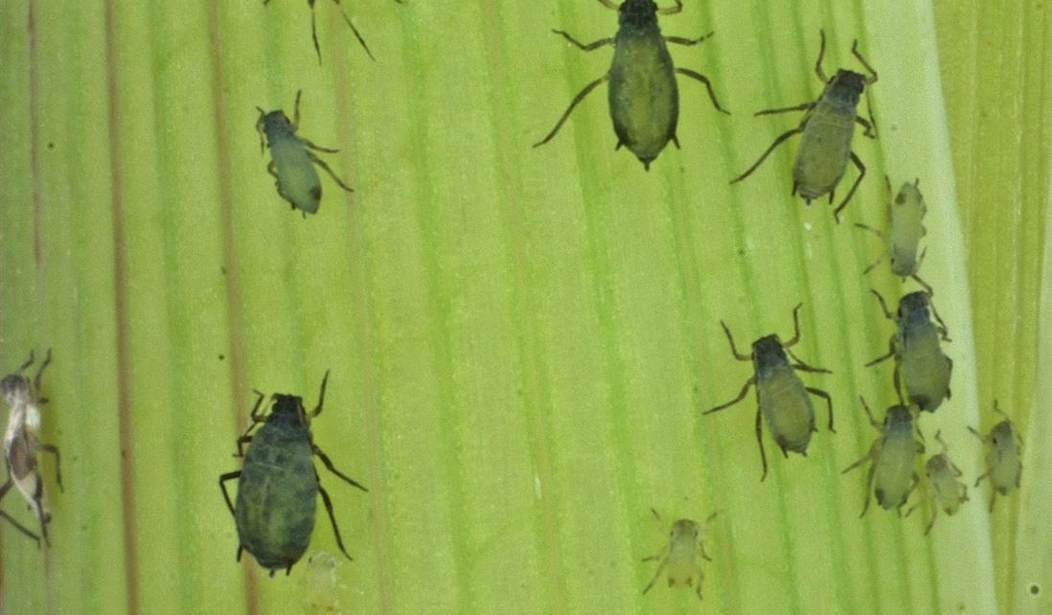Purveyors of ze bugs and the technocrats who support replacing red meat with insects are very enthusiastic about the dehumanizing prospect of forcing the peasants to consume crickets for sustenance.
They openly brag about a particular substance called chitin, a long-chain sugar found in the exoskeletons (shells) of insects.
Via Cricket Flours:
There are different modified versions of chitin that are utilized throughout the insect world that make it possible to have the strong exoskeleton of a beetle, for example, and also be used to create the flexible bodies seen in caterpillars.
For those that are interested in entomophagy and eating insects, the chitin is also a great source of valuable fiber and a prebiotic too.
Sounds amazing!
Unfortunately, the “great source of fiber” is also a known driver of inflammation in the gut with potentially serious adverse consequences if consumed on a regular basis as a replacement staple for grain.
Related: ‘Experts’ Float Potentially Deadly Ban on Global Rice Production for ‘Climate Change’
Via University of California San Francisco
The beetle’s back and the crab’s shell owe their toughness to a common compound called chitin that now appears to trigger airway inflammation and possibly asthma, UCSF scientists have found. Insects, molds and parasitic worms – all common sources of allergies or inflammation – produce billions of tons of chitin a year. Humans and other mammals lack chitin, but we do have specialized enzymes to break it down.
Via Clinical Reviews in Allergy and Immunology (emphasis added):
Chitin is sensed primarily in the lungs or gut where it activates a variety of innate (eosinophils, macrophages) and adaptive immune cells (IL-4/IL-13 expressing T helper type-2 lymphocytes). Chitin induces cytokine production, leukocyte recruitment, and alternative macrophage activation. Intranasal or intraperitoneal administration of chitin (varying in size, degree of acetylation and purity) to mice has been applied as a routine approach to investigate chitin’s priming effects on innate and adaptive immunity…
Immune recognition of chitin also involves pattern recognition receptors, mainly via TLR-2 and Dectin-1, to activate immune cells to induce cytokine production and creation of an immune network that results in inflammatory* and allergic responses.
As it is, sans mass consumption of chitin, chronic inflammation is literally the largest driver of chronic illness in humans — more so than obesity, more so than metabolic dysfunction, and more so than any other factor.
If one were so inclined to silently kill people slowly over time, inducing long-term, often subclinical inflammation would be the best way to do it. Some term this type of murder “soft-kill,” because it occurs over time, and attributing the ultimate cause is difficult.
Via Natural Medicine medical journal (emphasis added):
One of the most important medical discoveries of the past two decades has been that the immune system and inflammatory processes are involved in not just a few select disorders, but a wide variety of mental and physical health problems that dominate present-day morbidity and mortality worldwide. Indeed, chronic inflammatory diseases have been recognized as the most significant cause of death in the world today, with more than 50% of all deaths being attributable to inflammation-related diseases such as ischemic heart disease, stroke, cancer, diabetes mellitus, chronic kidney disease, non-alcoholic fatty liver disease (NAFLD) and autoimmune and neurodegenerative conditions. Evidence is emerging that the risk of developing chronic inflammation can be traced back to early development, and its effects are now known to persist throughout the life span to affect adulthood health and risk of mortality.










